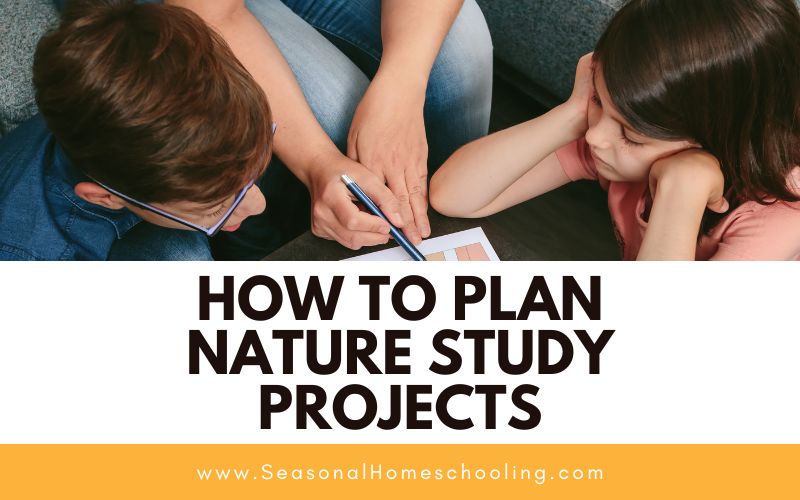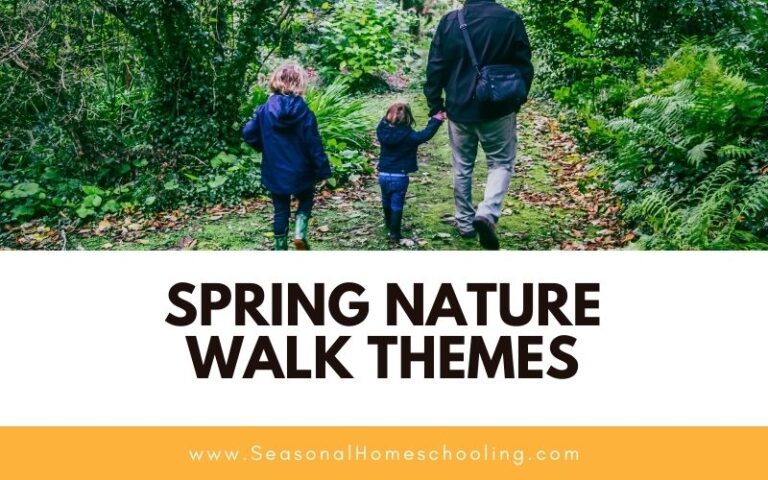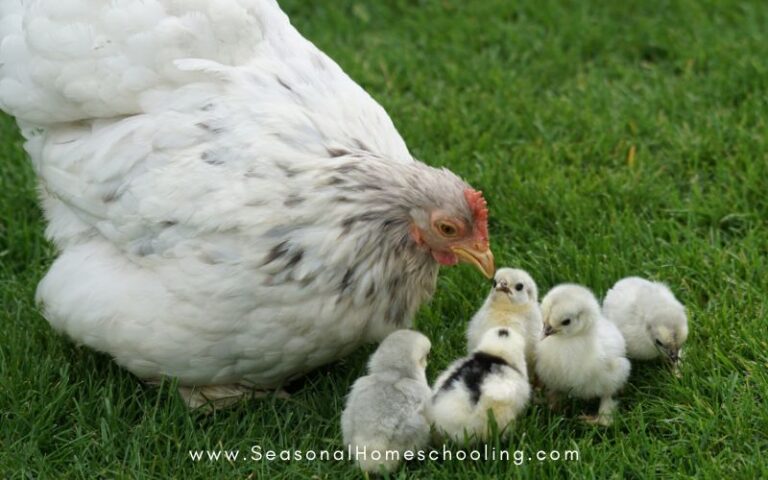Nature Study Projects
Nature study projects permit homeschooling parents to offer a wide range of subjects. You can condense multiple subjects while keeping it interesting. There are numerous nature-themed subjects that the students may study according to their tastes and inclinations.

This post contains affiliate links, see my disclosure policy for more information.
How to Plan Nature Study Projects
Nature study projects can be designed to fit your family and your timeline, but there are some steps that will help guide the process.
Choose A Topic
The first step in planning a nature study project is to choose a topic. Think about what interests you or what you want to learn more about.
Some examples of nature study topics include plants, animals, rocks, weather, and astronomy. Once you’ve chosen your topic, do some research to learn more about it.
Set A Goal
What do you hope to achieve with your nature study project? Setting a goal can help guide your research and keep you focused.
For example, if you’re studying birds, your goal might be to identify and observe ten different species in your area. To learn what they eat, where they nest, etc.
Create A Plan
Now that you have a topic and a goal, it’s time to create a plan.
Decide what tools and resources you’ll need, such as field guides, binoculars, or a camera. Make a list of locations where you can observe your subject, and schedule a time to visit those locations. Consider creating a checklist of things to look for, such as specific plant or animal species.
Document Your Findings
As you conduct your nature study project, be sure to document your findings. Take photos, draw sketches, and make notes about what you observe.
This will help you remember what you’ve learned and can be used to create a final project, such as a report, presentation, or poster. A nature journal is a great way to do this.
Planning a nature study project can be a fun and educational experience. By choosing a topic, setting a goal, creating a plan, documenting your findings, and sharing your project, you can learn more about the natural world and inspire others to do the same.

Ideas for Nature Study Projects
These ideas can be great as a nature study project for young students to older teens.
The age of the child will determine the depth of the research and the length of the project. A child who is interested in gardening may spend years studying crops.
Spiders
Your child may have observed beautiful spider webs in the morning dew. Encourage them to sketch the patterns they are observing, then head to the library to find other examples and facts about spiders.
Take time to observe spiders and learn about where they are likely to build webs, what they are catching, etc.
Geology
Geodes are fascinating! How are they formed? Can we find them in our region? A local science museum is likely to have a geology section.
Encyclopedias of rocks and gems will offer a wealth of information and after a child has identified a type of rock it becomes a treasure hunt on every walk.
A visit to a local cave or cavern is sure to be memorable. A rock collection can be displayed and shared with friends and family.
Trees
Identifying trees by their leaves and bark is easiest in the summer, but observing a tree throughout the year is a classic nature study project.
Nature studies are the perfect way to learn about the world around you. Nature study projects are a great way to reintroduce your children to nature and all the wonders out there and learn more about what interests them.






